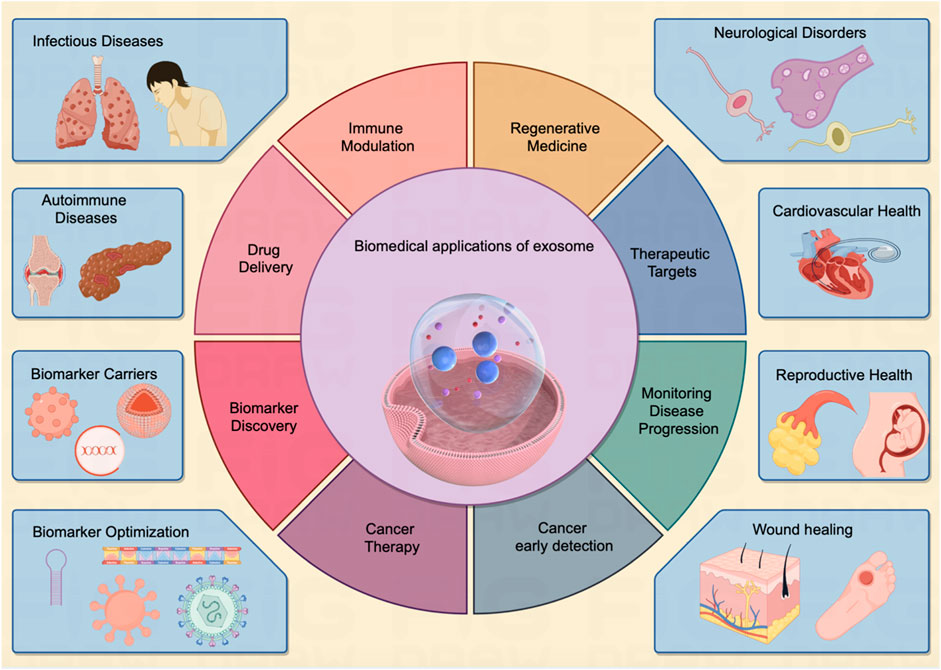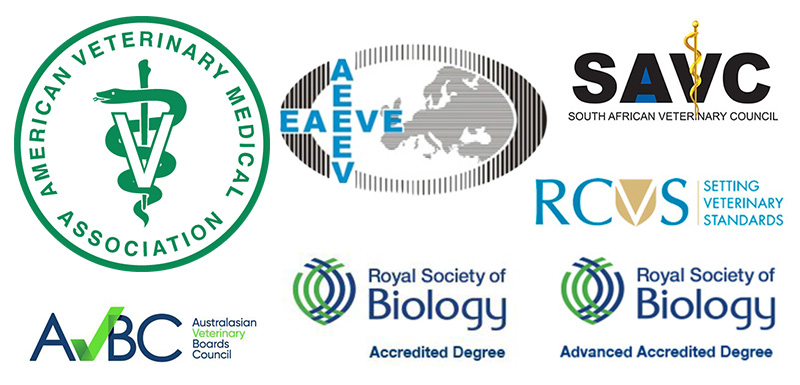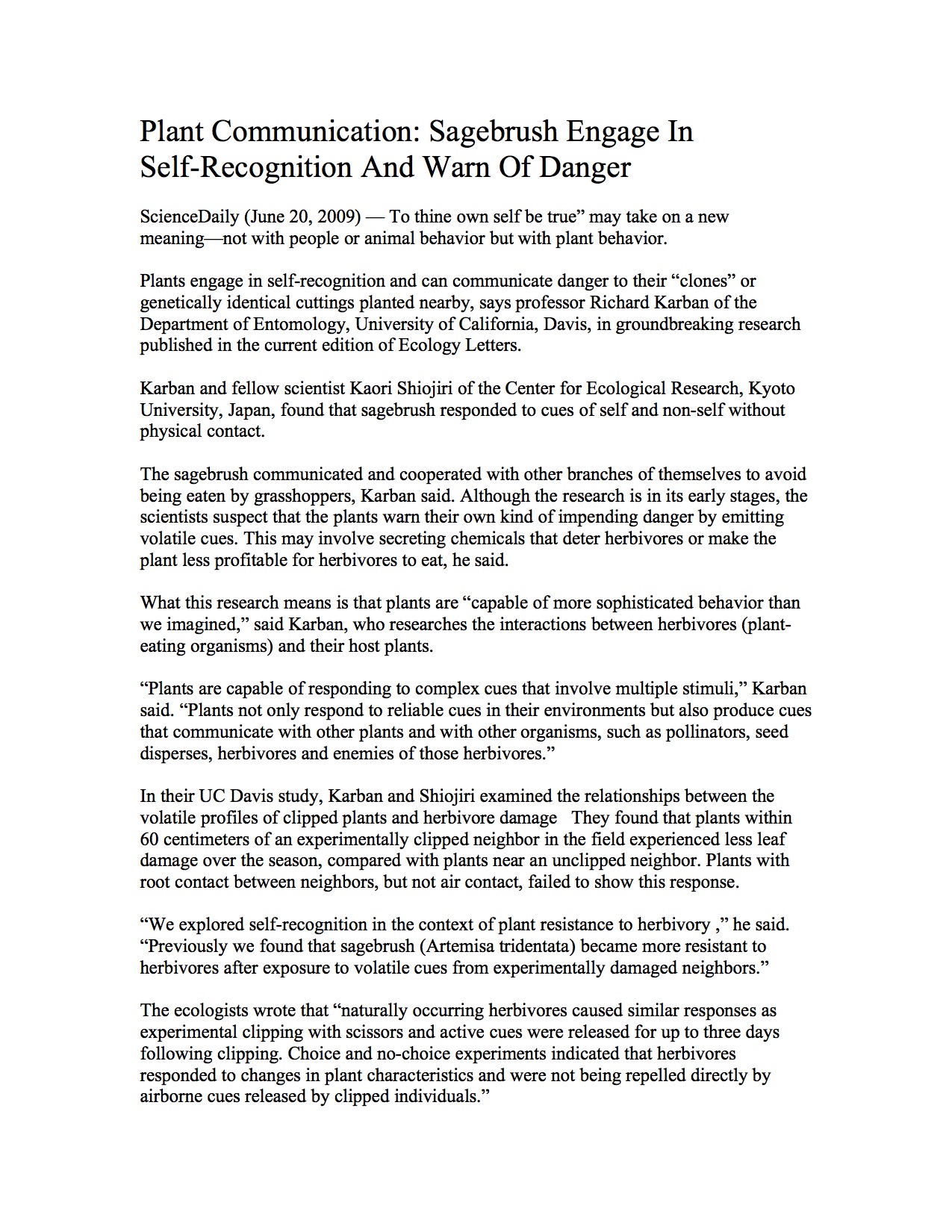Report on Child Maltreatment and Alignment with Sustainable Development Goals (SDGs)
Child Protection as a Core Component of SDG 16
Child maltreatment, encompassing both neglect and abuse, represents a significant violation of human rights and a direct impediment to achieving Sustainable Development Goal 16 (Peace, Justice and Strong Institutions). Specifically, it contravenes Target 16.2, which calls for an end to abuse, exploitation, trafficking, and all forms of violence against and torture of children. The investigation of maltreatment reports by child protective services agencies is a critical institutional mechanism designed to uphold this target, ensuring children’s safety and access to justice.
Impact on Health and Well-being (SDG 3)
The consequences of child maltreatment are severe and directly undermine Sustainable Development Goal 3 (Good Health and Well-being). The negative outcomes associated with abuse and neglect include:
- Physical injuries
- Long-term psychological problems
- In extreme cases, death
These outcomes compromise global efforts to ensure healthy lives and promote well-being for all at all ages.
Interventional Services Supporting Multiple SDGs
Following an investigation, a range of services may be provided to children and families. These interventions are crucial for mitigating harm and contribute to the advancement of several SDGs.
- Family Preservation Services: These services support family stability, contributing to SDG 1 (No Poverty) and SDG 10 (Reduced Inequalities) by addressing underlying socioeconomic stressors that can lead to maltreatment.
- Foster Care: As a protective measure, foster care aligns with the protective aims of SDG 16.2, providing a safe environment for children when necessary.
- Mental Health Supports: This intervention directly supports SDG Target 3.4, which aims to promote mental health and well-being.
- Substance Abuse Treatment: This service is integral to achieving SDG Target 3.5, which focuses on strengthening the prevention and treatment of substance abuse.
Data Interpretation for Monitoring SDG Progress
Effective monitoring is essential for tracking progress toward SDG targets. In the data presented in associated charts and graphs:
- Definitions for key terms are available by hovering over underlined words.
- Time-series data points in line charts can be viewed by hovering over them.
- In lollipop graphs, hovering over the terminal dot reveals the absolute number of children corresponding to the percentage shown.
- The notation “NA” indicates that data was not available for the specified period.
Analysis of SDGs, Targets, and Indicators
1. Which SDGs are addressed or connected to the issues highlighted in the article?
- SDG 3: Good Health and Well-being: The article directly connects to this goal by discussing the negative outcomes of child maltreatment, such as “psychological problems,” and the provision of services like “mental health supports” and “substance abuse treatment” for affected children and families.
- SDG 16: Peace, Justice and Strong Institutions: This goal is central to the article’s theme. The focus on “Child neglect and abuse—also known as maltreatment” is a form of violence against children. The mention of “child protective services agencies” that investigate these cases highlights the role of institutions in protecting children and ensuring justice.
2. What specific targets under those SDGs can be identified based on the article’s content?
-
Under SDG 3: Good Health and Well-being
- Target 3.4: By 2030, reduce by one third premature mortality from non-communicable diseases through prevention and treatment and promote mental health and well-being. The article’s reference to “psychological problems” resulting from abuse and the provision of “mental health supports” directly aligns with the promotion of mental health and well-being.
- Target 3.5: Strengthen the prevention and treatment of substance abuse, including narcotic drug abuse and harmful use of alcohol. The article explicitly lists “substance abuse treatment” as one of the services provided to children and families, which directly supports this target.
-
Under SDG 16: Peace, Justice and Strong Institutions
- Target 16.2: End abuse, exploitation, trafficking and all forms of violence against and torture of children. The entire article is focused on this target, as it discusses “Child neglect and abuse—also known as maltreatment” and the institutional response to protect children from these forms of violence.
3. Are there any indicators mentioned or implied in the article that can be used to measure progress towards the identified targets?
- Implied Indicator for Target 16.2: While the article does not name a specific UN indicator, it strongly implies a method of measurement relevant to Indicator 16.2.1 (Proportion of children aged 1-17 years who experienced any physical punishment and/or psychological aggression by caregivers in the past month). The text mentions that “child protective services agencies investigate to determine whether children are at risk of maltreatment, if maltreatment occurred.” The data from these “Investigations of maltreatment reports” serves as a direct, albeit institutional, measure of the prevalence and societal response to violence against children. The article’s reference to “line charts” and “lollipop graphs” further confirms that quantifiable data on this issue is being collected and analyzed.
SDGs, Targets, and Indicators Table
| SDGs | Targets | Indicators |
|---|---|---|
| SDG 3: Good Health and Well-being | Target 3.4: Promote mental health and well-being. | The provision of “mental health supports” to address “psychological problems” resulting from maltreatment. |
| Target 3.5: Strengthen the prevention and treatment of substance abuse. | The provision of “substance abuse treatment” for affected families. | |
| SDG 16: Peace, Justice and Strong Institutions | Target 16.2: End abuse, exploitation, trafficking and all forms of violence against and torture of children. | The article implies a measurement through “Investigations of maltreatment reports” conducted by child protective services, which relates to tracking the prevalence of violence against children (relevant to Indicator 16.2.1). |
Source: childtrends.org







